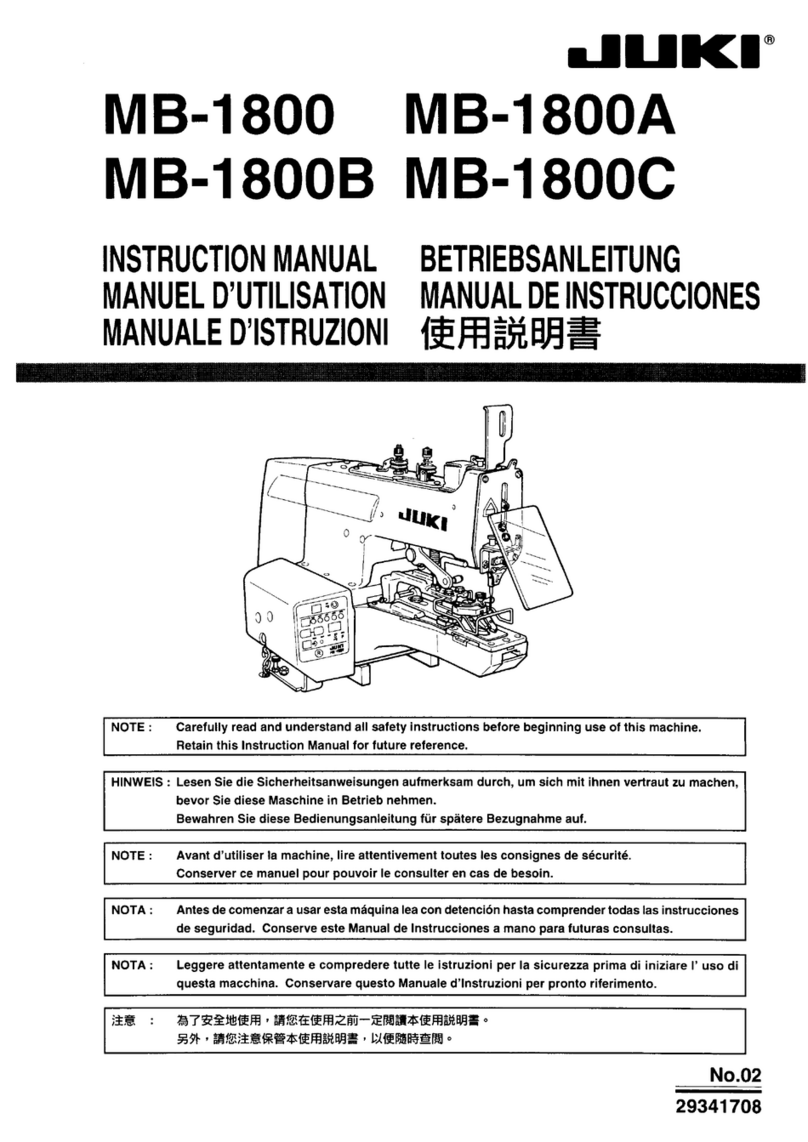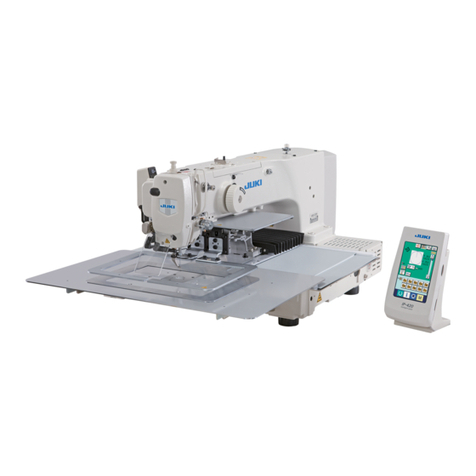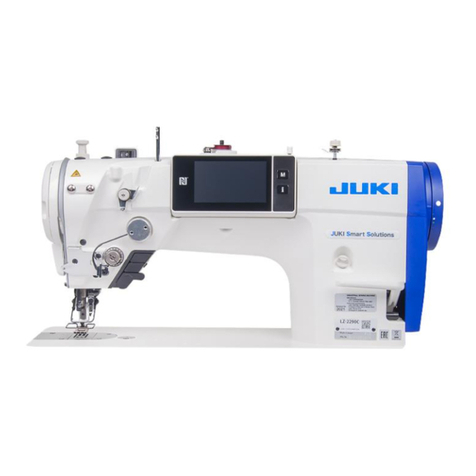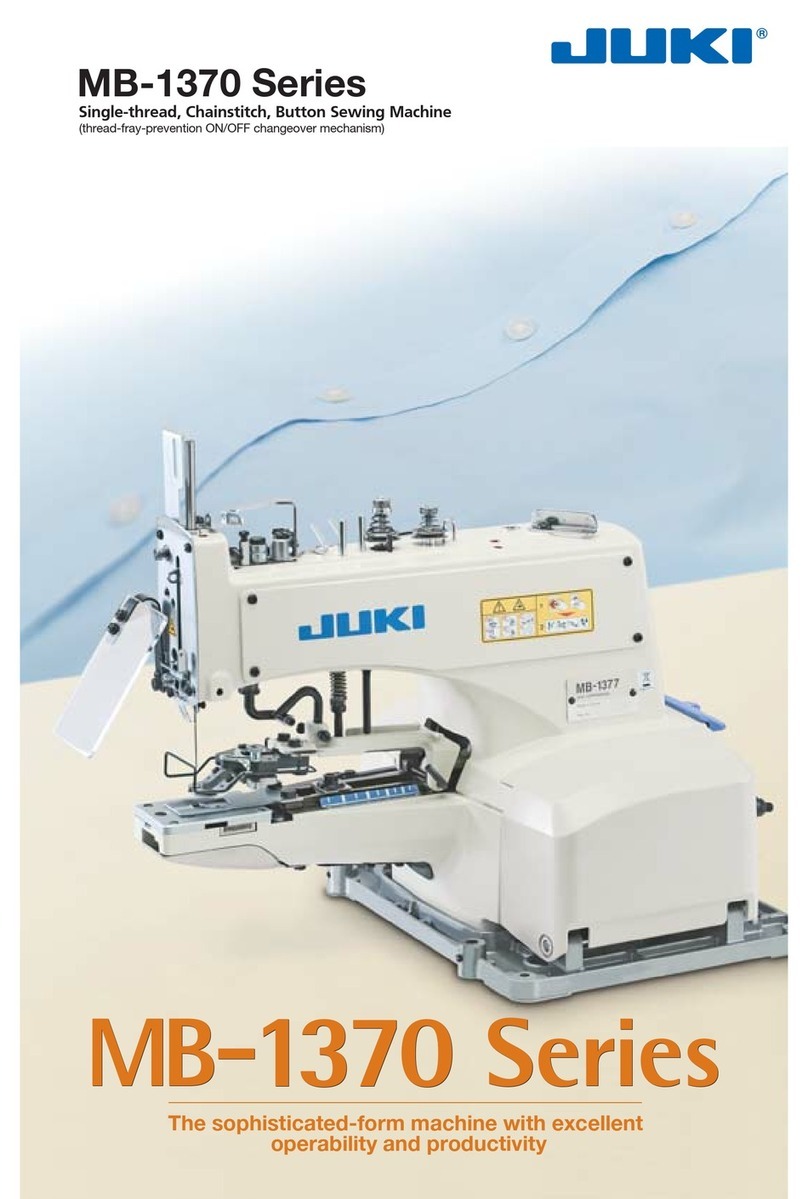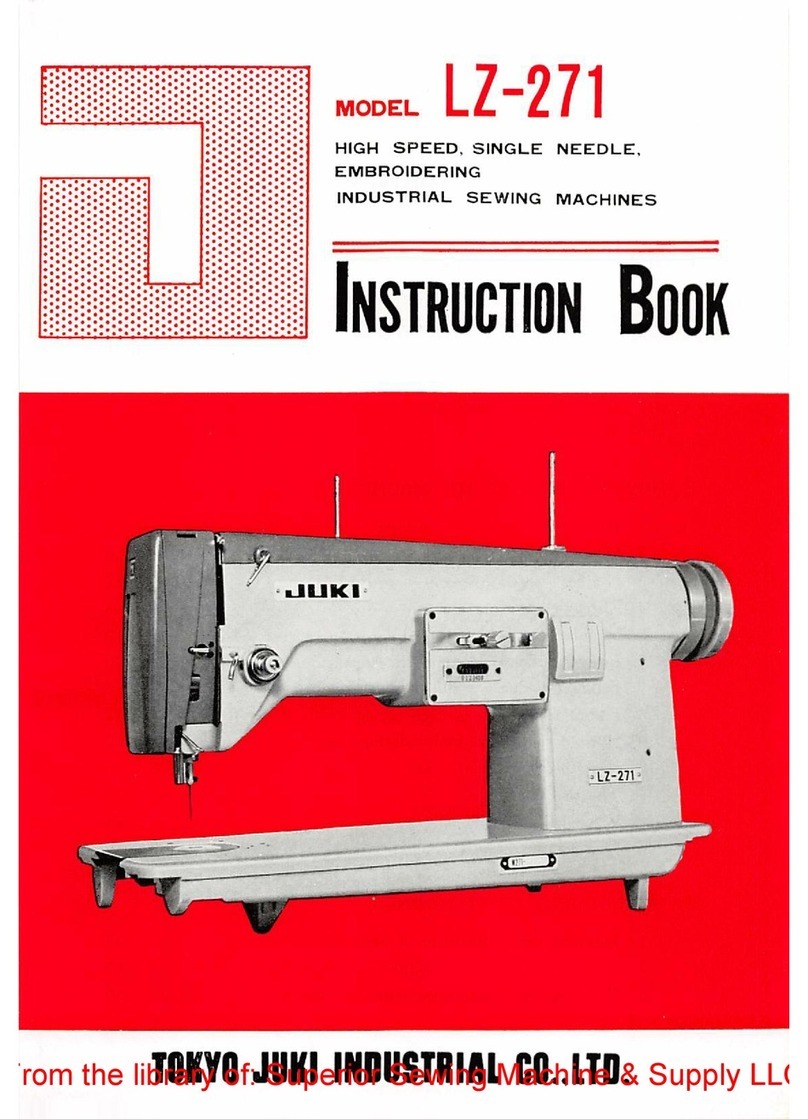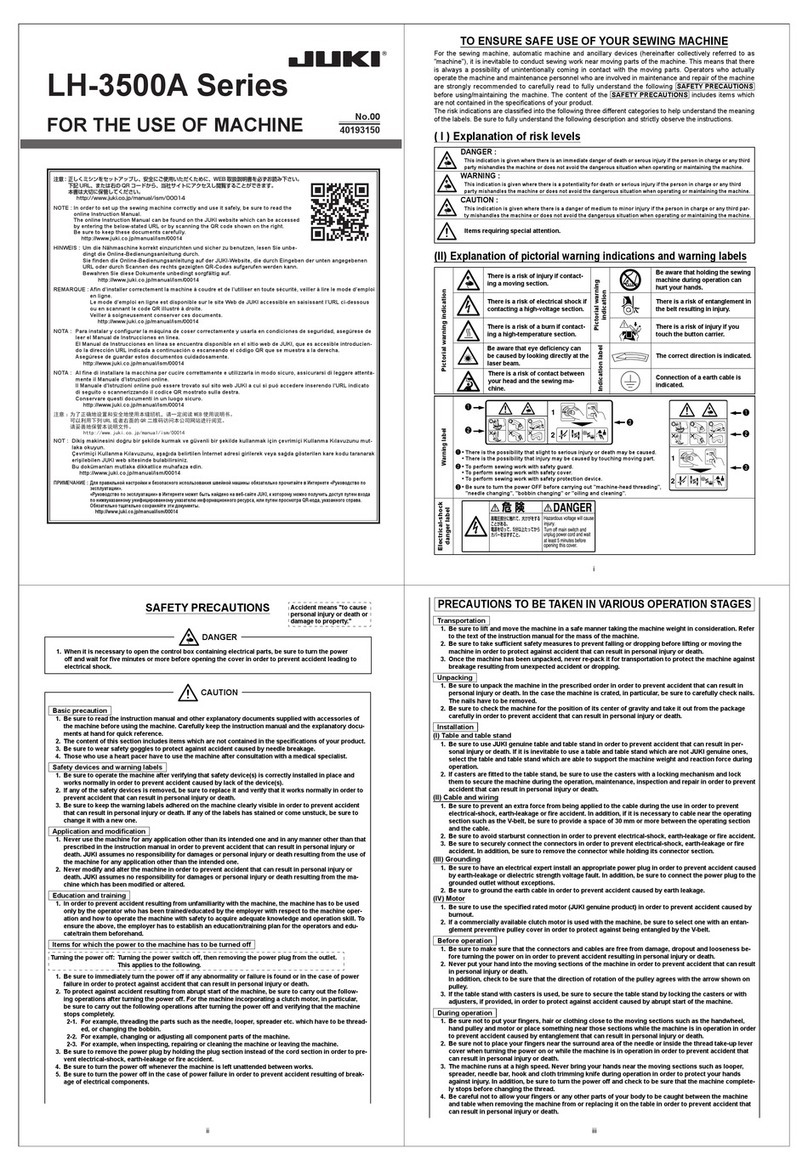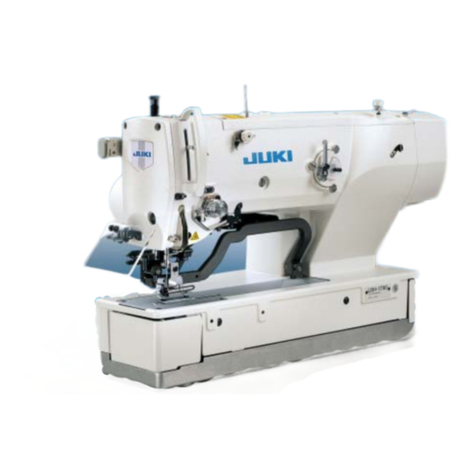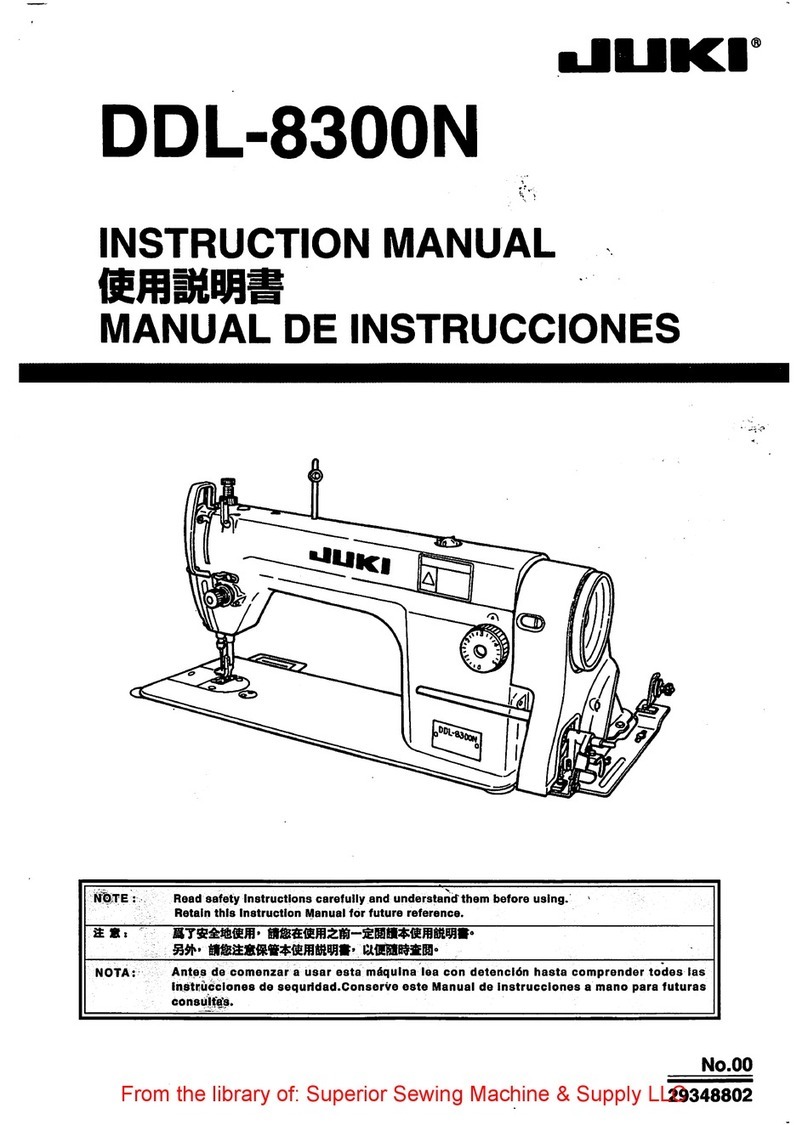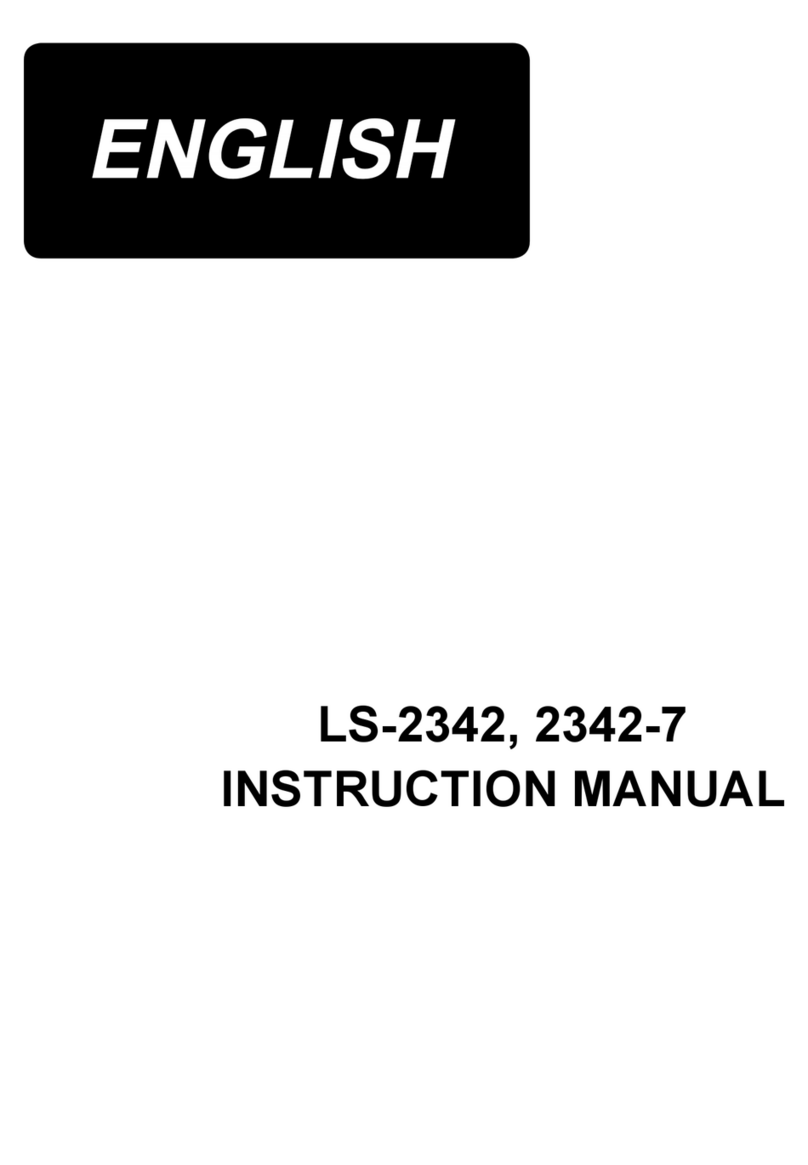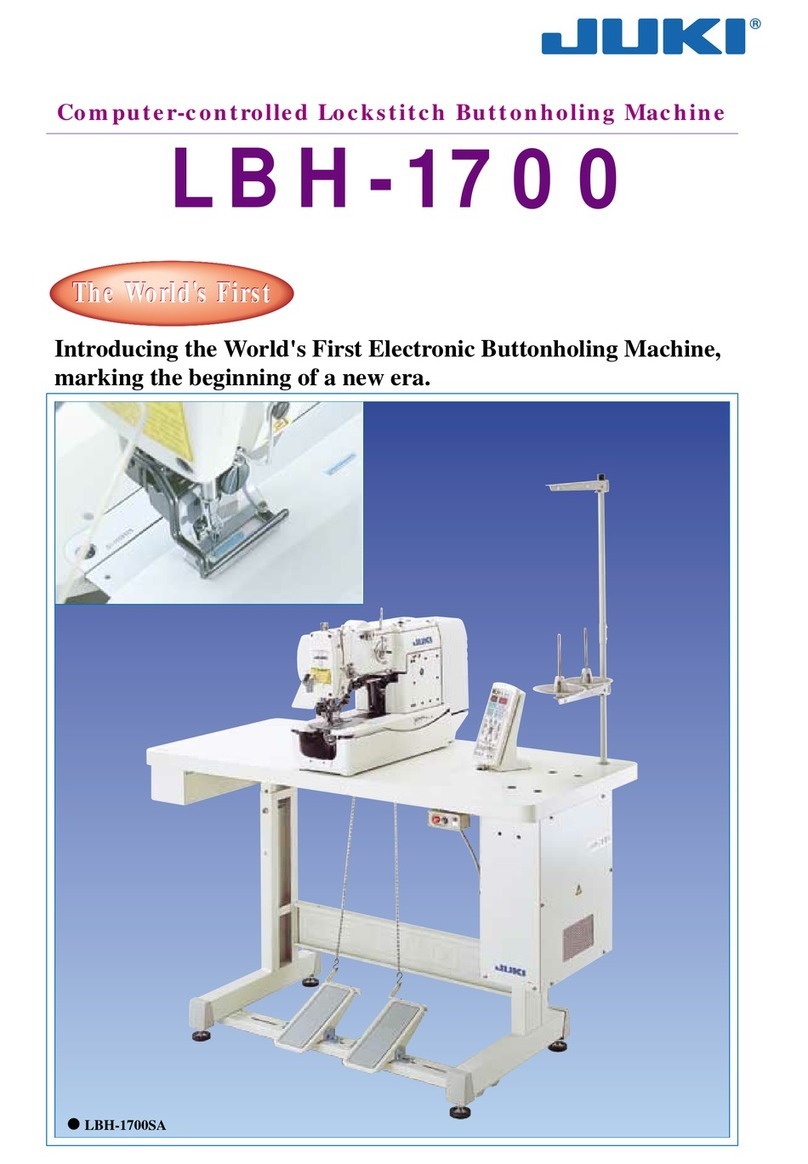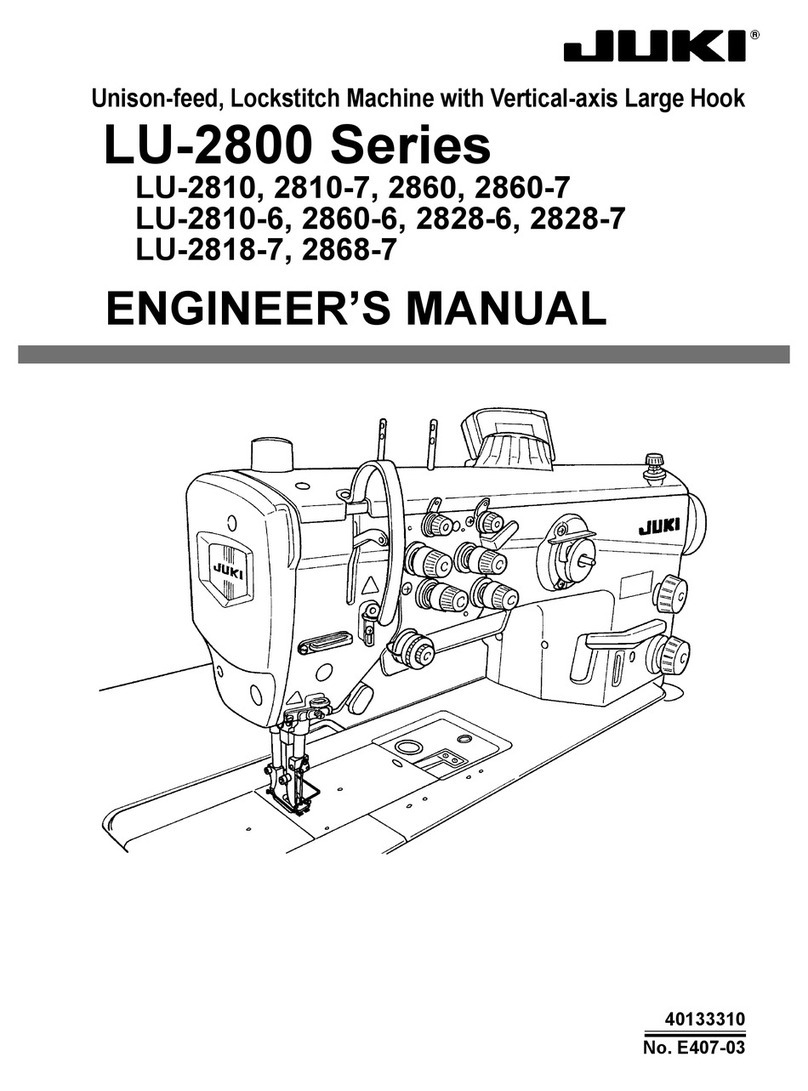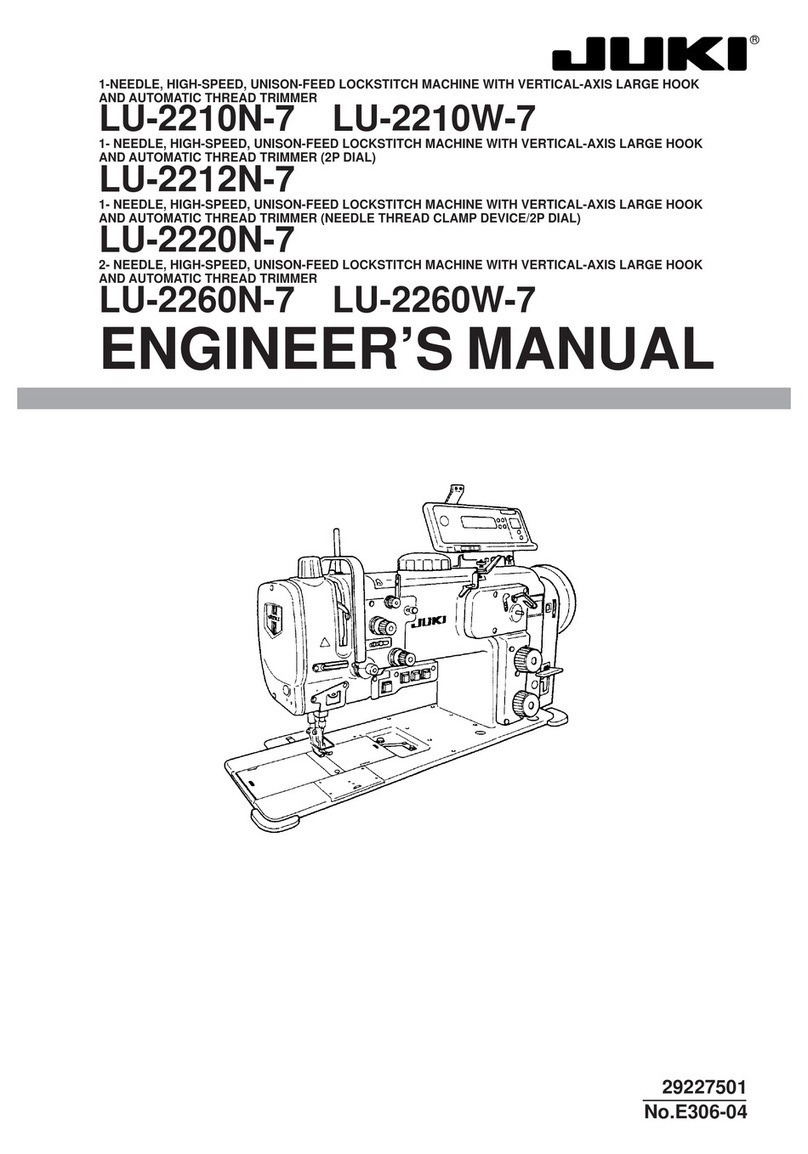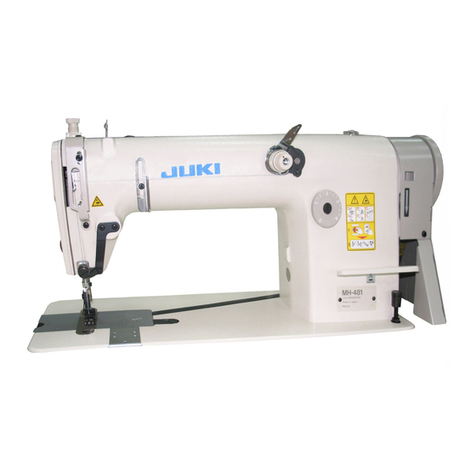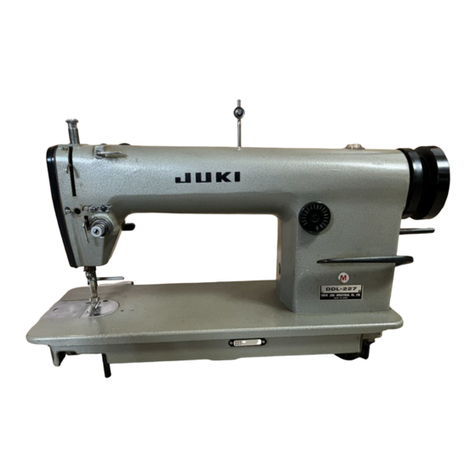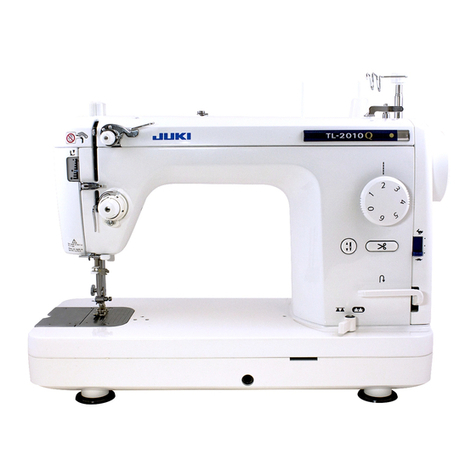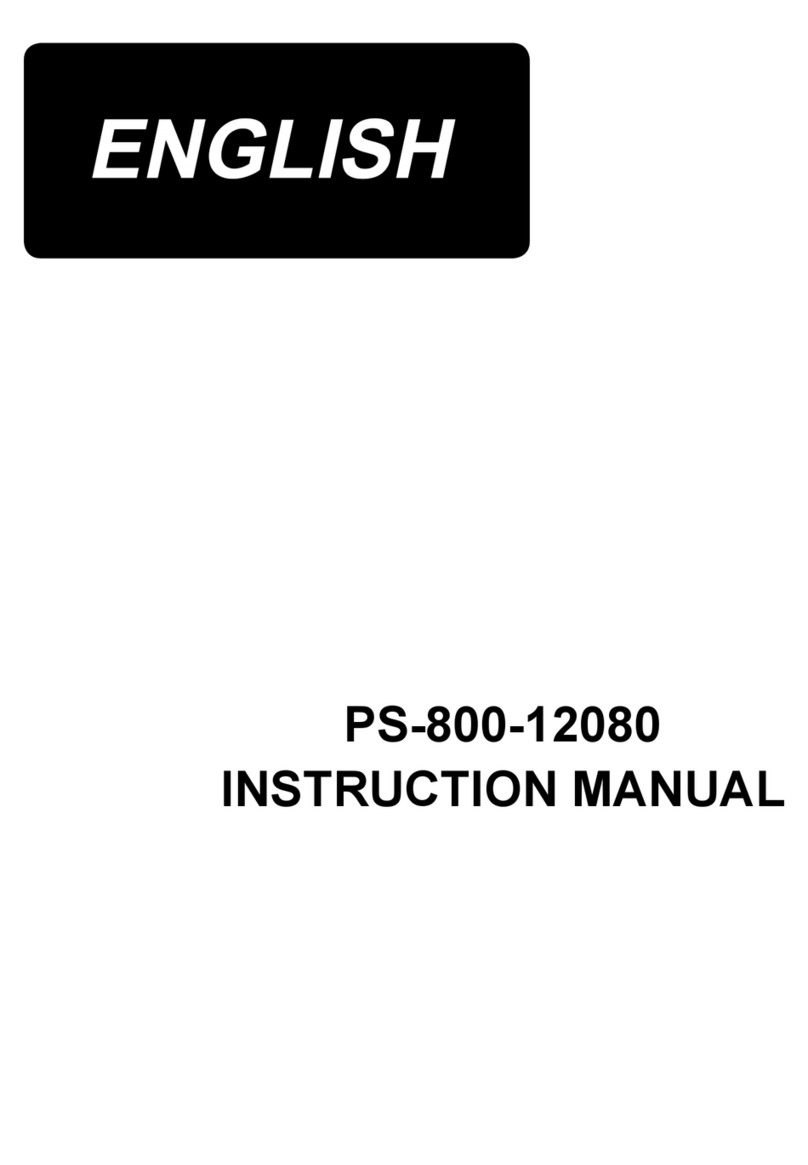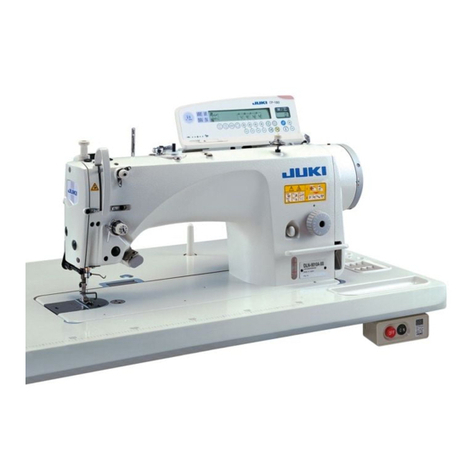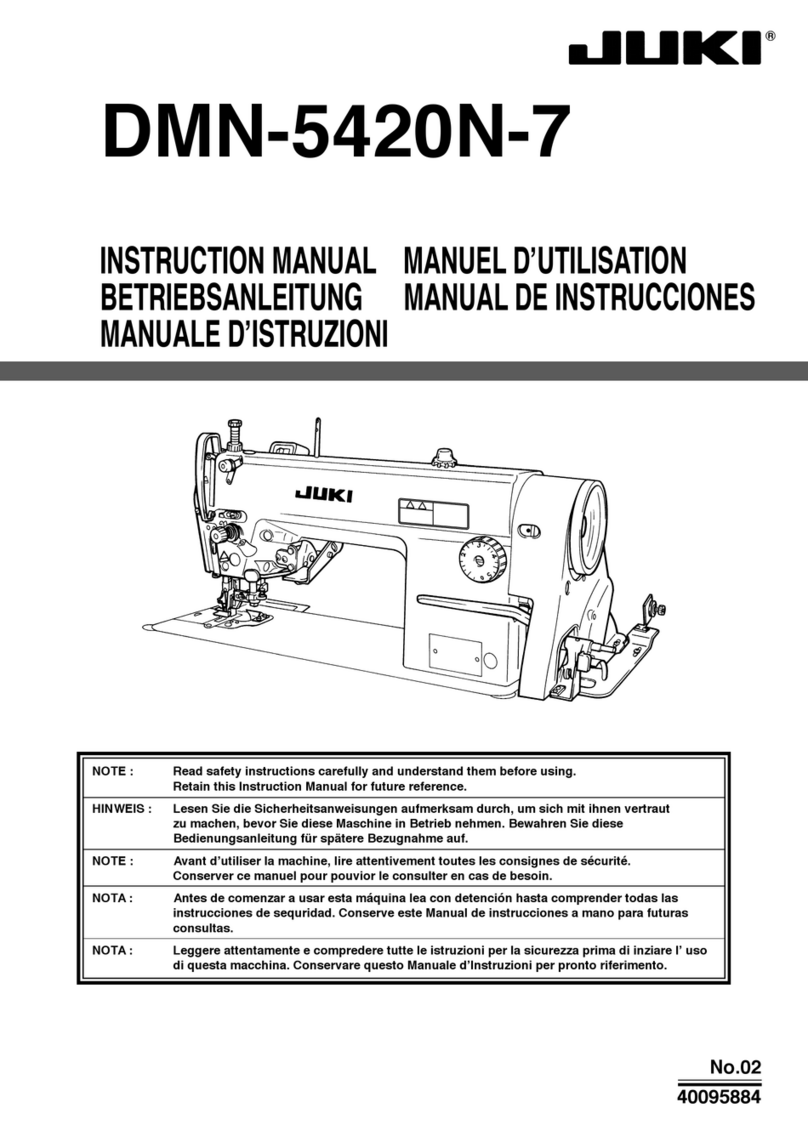
CONTENTS
1. SPECIFICATIONS ......._...•....•..•••.•.••••...•••..••••.••.••••••..•.••...••..•........•..•••.•..•••.••.•... 1
(1) MO-6700S SERIES ........................................................................................................... 1
(2) MO-6900S SERIES ...........................................................................................................2
(3) MO-6900G SERIES
•••••••..•••••••..•••••••...••••••..••••..••••.•••••.•.•••.•....•.••...•••••...•.•••••.•.•.•.•••.•.•.•••.•.
3
(4) MO-6900R SERIES •.••.•••••••••••.••••.•••.••••••••.•••••.......•.•..••..•••...•.......•.•.•••.•.••..•...•..••.....•.•.•...• 4
(5) MO-6900J SERIES.............................................................................................................5
2. MODEL NUMBERING SYSTEM ..••.••.•••..••••...••...•.•••••••.•••.•..•.••.•...•..•...••.•...•..... 6
3. STANDARD ADJUSTMENT ....••.•.•.•..•••..•.••••.••••••....•......•..•.•••.••......•.•.••.••.....•.. 8
(1)
Adjusting
the
needle
height
............................................................................................8
(2)
Positioning
the
throat
plate
............................................................................................ 8
(3)
Installing
position
of
the
needle Clamp .......................................................................
10
(4)
Adjusting
the
length
of
the
lower
looper
holder
(Applicable
only
to
MO-6.616S / MO-6916R, G, J
series)
...........................................
10
(5)
Adjusting
the
lower
looper
._
..........................................................................................
12
1)
Returning amount of the lowerlooper .................................................................................................... 12
2)
Clearance between the lowerlooperand the needle .............................................................................
12
(6)
Position
of
the
upper
looper
guide
...............................................................................
14
(7)
Positioning
the
upper
looper
holder
............................................................................
16
(8)
Positioning
the
upper
looper
........................................................................................
18
1) Height of the upper looper.................................................................................................
~
.................... 18
2) Longitudinal position
of
the upper looper................................................................................................ 18
(9)
Adjusting
the
double
chain
looper
· (Applicable
only
to
M0-6~
16S/MO-6916R, G, J series) ............................................... 20
1) Returning amount of the double chain looper.........................................................................................
20
2) Longitudinal motion {Avoid motion) ........................................................................................................
20
3) Clearance between the double chain looperand the needle ................................................................. 20
(10)
Adjusting
the
height
and
clearance
of
the
needle
guard
..............
~
.......................... 22
1) For 1-needle
or
2-needle overlock machine ...........................................................................................22
2) Forsafely stitch machine ........................................................................................................................ 22
(11)
Adjusting
the
height
of
the
feed
dog
.........................................................................
24
(12)
Adjusting
the
tillt
of
the
feed
dog
................................................................................
24
(13)
Adjusting
the
differential
feed
ratio
...........................................................................26
(14)
Longitudinal
position
of
the
feed
dog
.......................................................................
26
(15)
Adjusting
the
presser
foot
..........................................................................................28
1) Adjusting the tilt of the presser foot ........................................................................................................
28
2) Adjusting the micro-lifting mechanism of the presserfoot ......................................................................
28
(16)
Positioning
the
upper
knife
arm
shaft
.......................................................................
30
(17)
Positioning
the
upper
and
lower
knives,
and
available
overedge
widths
.............. 30
1)
lower
knife .............................................................................................................................................30
2) Upper knife .............................................................................................................................................30
3) Overdging width......................................................................................................................................30
(18)
Resharpening
of
the
knife
..........................................................................................32
(19)
Position
of
the
thread
cam
(Applicable
only
to
MO-6~16~
series)
........................
32
1) Adjustment of the thread cam.............................................:................................................................... 32
2) Adjusting looperthread cam thread guides A and B and the looper thread cam nail............................. 32
From the Library of Superior Sewing Machine & Supply LLC

